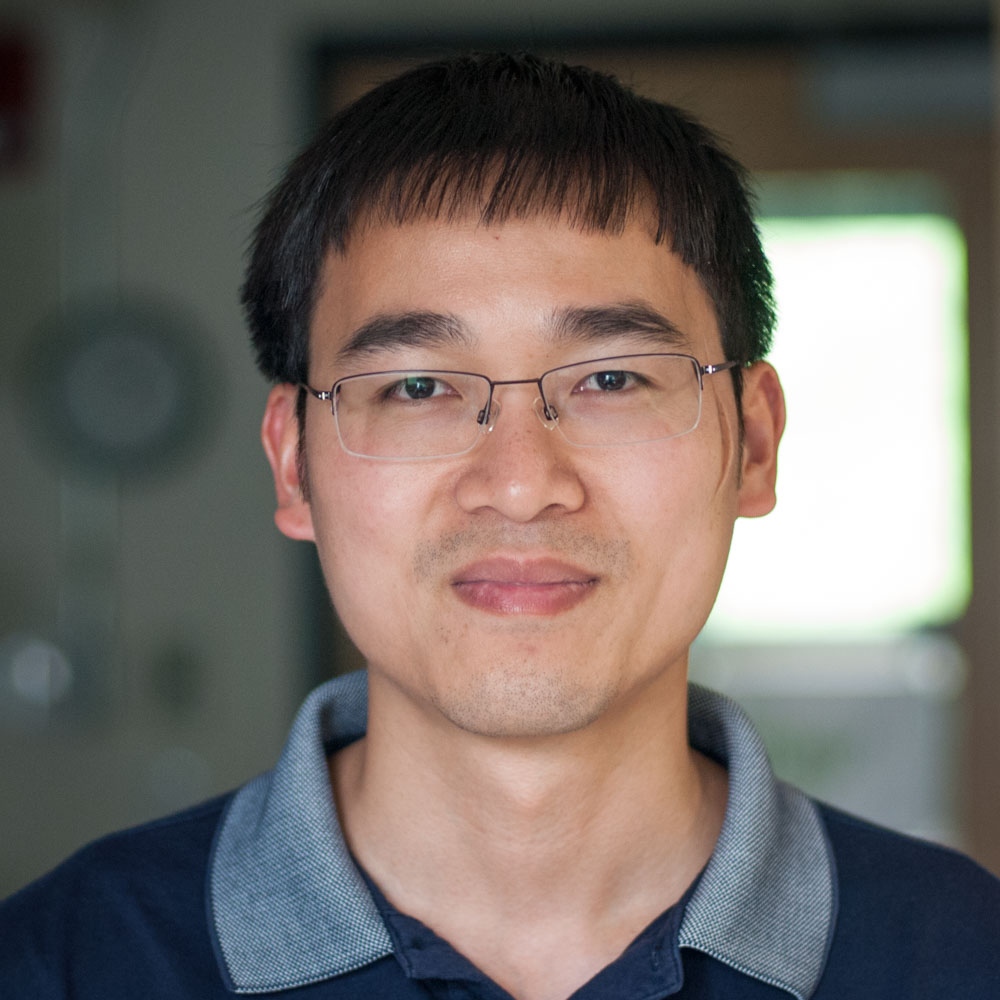Get to Know: Maofu Liao, Junior Faculty Grant Recipient

Maofu Liao, PhD
Where did your interest in science start and what led you to this field of work?
I can remember several moments during my childhood when I was excited by certain “experiments”. Those include using simple light microscope to see leaf slice and swimming paramecium, building a simple (and loud) electric bell, dissecting frogs caught in the wild, and making my own (huge) firecracker. Quite naturally I got used to thinking about the world as a gigantic and precise machine. My real scientific research interest started during my thesis project in college and firmly established during my PhD study. Most of my work back then focused on understanding how viral surface proteins drive the fusion between viral membrane and target cell membrane, an essential process for virus infection. This step, called “membrane fusion”, depends on drastic change of the shapes of those viral proteins. I found my deep interest in studying protein-lipid interaction and protein conformational dynamics. However, I was not satisfied by the information obtained mostly through biochemistry. I wanted to see more complete picture and more details of proteins!
For my postdoctoral training, I decided to learn cryo-electron microscopy (cryo-EM), which offered more flexibility to study protein structures than the traditional X-ray crystallography. Around 2012 came the critical advancement of cryo-EM techniques, leading to a “resolution revolution” of cryo-EM. At the right time and right place, I solved the first single-particle cryo-EM structure of membrane protein (TRPV1). Currently my research group uses a combination of cryo-EM and an array of biochemical and biophysical assays to uncover the mechanism of lipid-interacting proteins and other protein complexes. The resulting insights also help identify new targets for therapeutic development.
What are your biggest challenges in running a lab?
The biggest challenge for me in running a lab is to identify the next biggest questions that can be solved using structural and in vitro approaches. The nature of a lab focusing on structural biology is to apply the technique at the right stage of certain scientific topics. On the one hand, structural studies would make little sense when the functional and biochemical data are not yet available; on the other hand, after structural analysis has been sufficiently performed, those areas would require other techniques to move science forward. I believe that the best part of science is to let investigators do what they are good at and become even better by solving more and more challenging problems.
What thrills you most about what you do?
Being first to see how proteins work in a surprising and sophisticated way! It is amazing to have molecular mechanisms being unfolded before my eyes, with unprecedented details!


